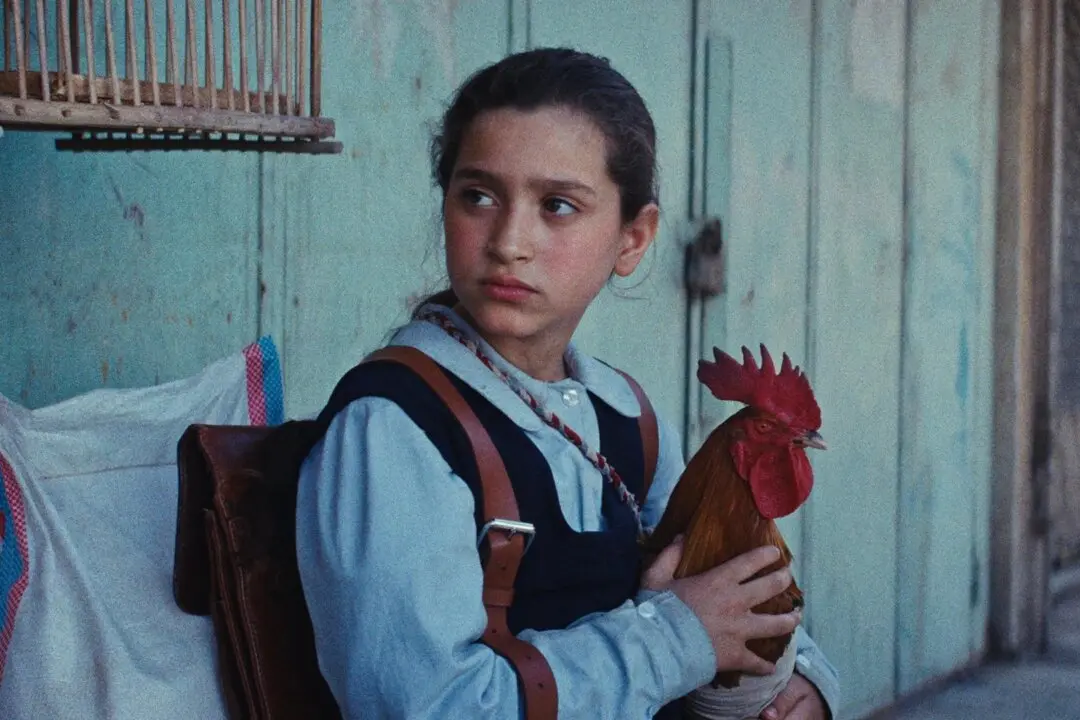Thanks to Gustav Klimt’s “Portrait of Adele Bloch-Bauer,” art lovers around the world will instantly recognize Maria Altmann’s beloved aunt and her iconic choker necklace. After the annexation of Austria, Bloch-Bauer’s necklace found its way into the possession of Herman Göring’s wife, while her stunning portrait was plundered by Vienna’s Belvedere Gallery.
For years, it was the cornerstone of its collection, but Altmann filed a restitution claim as the last surviving Bloch-Bauer heir that ultimately forced Austria to confront its National Socialist past. Altmann’s dramatic early years in Austria and her protracted legal battle are chronicled in Simon Curtis’s “Woman in Gold.”
The Bloch-Bauers were a wealthy, assimilated Jewish Austrian family with a reputation for supporting the arts. This was especially true of Adele Bloch-Bauer, Altmann’s childless aunt. The Bauer sisters had married the Bloch brothers, so the entire family lived together in their elegant Elisabethstrasse home during Adele’s lifetime.
Sadly, Adele Bloch-Bauer died tragically prematurely from meningitis in 1925, but she would be spared the horrors that her family would face. She also made quite an impression on young Altmann, which is why her portrait meant more to the niece than its mere $100 million-plus estimated value.





